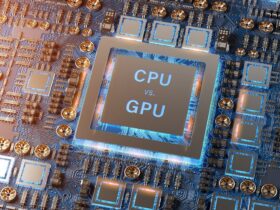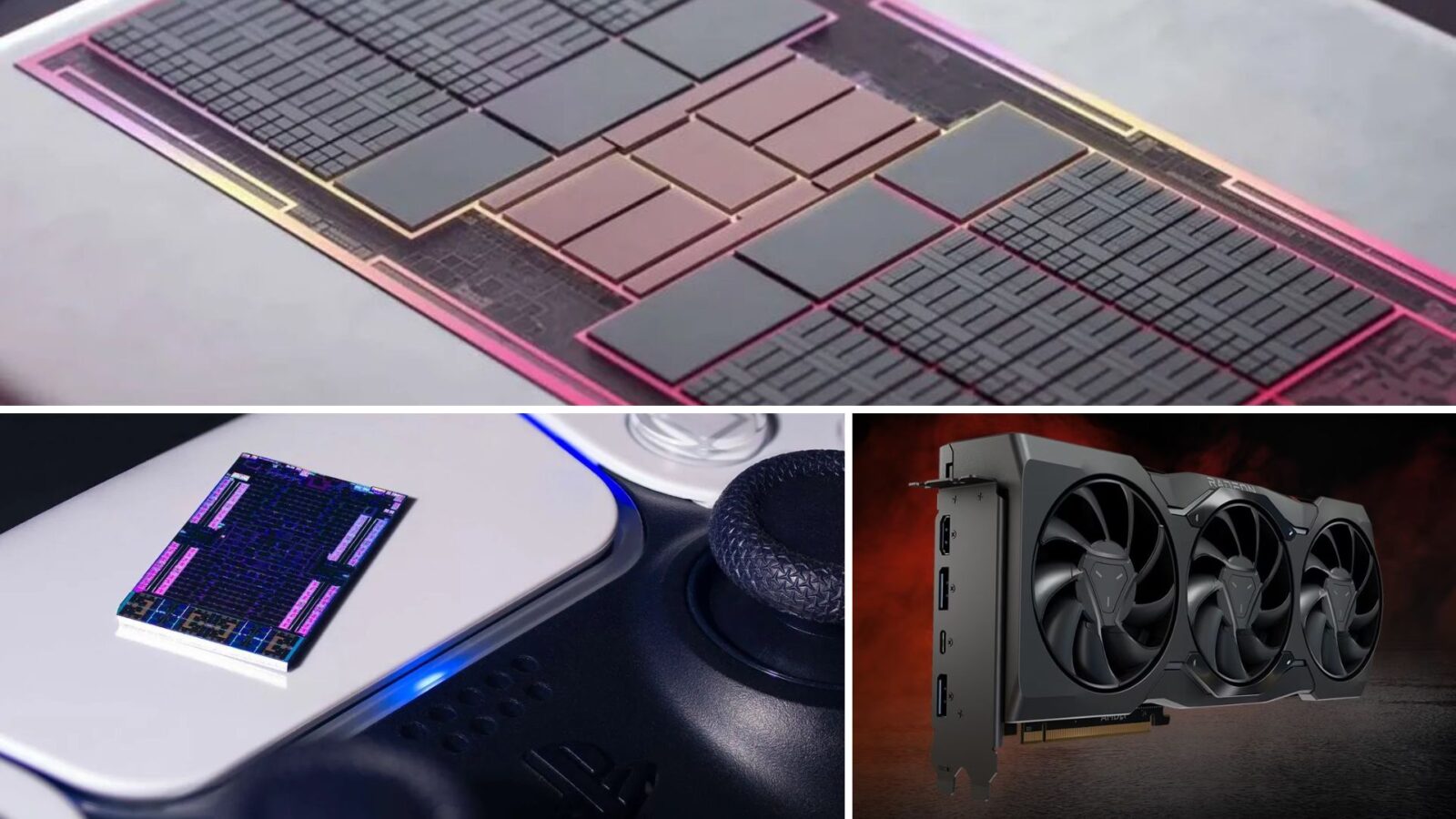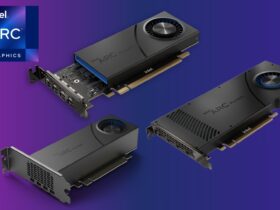Daftar Isi
AMD’s relentless pursuit of innovation in the GPU market continues with the highly anticipated RDNA 4 architecture. As enthusiasts eagerly await the next-generation Radeon graphics cards, let’s delve into what we know so far about AMD RDNA 4, including its release date, expected price, and potential specifications.
The Countdown to AMD RDNA 4
The anticipation surrounding AMD’s RDNA 4 GPUs is palpable, especially considering the success of its predecessors, RDNA 2 and RDNA 3. Although concrete details from AMD are sparse, enthusiasts and industry analysts have been piecing together clues to form educated guesses about the potential release date.
Insights from AMD’s Gaming GPU Roadmap
Taking cues from AMD’s gaming GPU architecture roadmap, it’s plausible to expect the unveiling of AMD RDNA 4 sometime in 2024. While this projection lacks the precision of an official announcement, it provides a general timeline for enthusiasts to anticipate.
As with any highly anticipated product, leaks and rumors have surfaced regarding the release of AMD RDNA 4. Some sources suggest a late 2023 to early 2024 launch window, sparking excitement among AMD fans. However, it’s essential to approach these rumors with caution, as they often lack substantiated evidence.
The Implications for Gaming and Computing
The potential arrival of AMD RDNA 4 holds significant implications for the gaming and computing industries. With each iteration of AMD’s GPU architecture, we’ve witnessed remarkable advancements in performance, efficiency, and feature sets. AMD RDNA 4 promises to continue this trend, potentially ushering in a new era of gaming experiences and computational power.
The Process Node Dilemma
AMD’s RDNA 3 series made a notable shift to TSMC’s 5nm process node, yet the anticipated performance boost fell short of expectations. As the tech world eagerly awaits the next iteration, AMD RDNA 4, AMD finds itself at a critical crossroads.
The decision hinges on whether to remain with the 5nm technology or embrace TSMC’s pioneering 3nm process node. Each choice presents its own set of advantages and challenges. Staying with the 5nm process node might seem like the safer bet, offering a known terrain for AMD to optimize performance and efficiency. However, sticking to the familiar path could mean missing out on the potentially groundbreaking advancements afforded by the 3nm node.
On the other hand, embracing the 3nm node promises a quantum leap in performance. The cutting-edge technology holds the potential to unlock unprecedented levels of power and efficiency, setting a new standard for GPU capabilities. Yet, this advancement comes with its share of hurdles, notably higher manufacturing costs that could trickle down to consumers. The stakes are undeniably high for AMD as it weighs the pros and cons of each option. Whether they opt for the tried-and-tested path or boldly embrace the cutting edge, the choice will undoubtedly shape the landscape of gaming and graphics technology for years to come.
Read More: NVIDIA App Beta: A Unified Control Center for Gamers and Creators
Unleashing the Beast: Expected Specifications
Unlocking the Potential of Chiplet Design in RDNA 4
When it comes to AMD’s RDNA architecture, rumors are always swirling, and AMD RDNA 4 is no exception. One of the most intriguing speculations revolves around the adoption of a chiplet design, particularly the integration of multiple Graphics Complex Dies (GCDs) into a single GPU.
GCD coupled with MCD
While RDNA 3 teased the possibility of a chiplet design, reality brought forth a GCD coupled with Memory Cache Dies (MCDs). However, with AMD RDNA 4 on the horizon, the chiplet approach might finally come to fruition. Industry insiders speculate that AMD RDNA 4 GPUs could feature not just one, but potentially two or more GCDs, ushering in a new era of graphics processing power.
Yet, this leap forward isn’t without its challenges. The transition to TSMC’s cutting-edge 3nm process node, while promising in terms of performance, could also drive up manufacturing costs. This poses a dilemma for AMD, balancing the pursuit of innovation with affordability for consumers.
Performance Rumors
In terms of performance, the prospects for AMD RDNA 4 are nothing short of exhilarating. Rumors abound that these GPUs could deliver a staggering 50% increase in performance compared to their RDNA 3 predecessors. This places AMD squarely in competition with NVIDIA’s RTX 5000 Series, vying to redefine the gaming landscape.
With RDNA 4, gamers can anticipate a visual feast, smoother gameplay, and robust support for emerging technologies. From richer textures to enhanced realism, the possibilities are endless, promising to elevate gaming experiences to new heights.
Conclusion: A New Era Beckons
AMD RDNA 4 represents more than just a generational leap; it’s a testament to AMD’s commitment to pushing boundaries. As the industry awaits the unveiling, gamers and creators alike anticipate a new era of high-performance graphics cards. Buckle up—the RDNA 4 ride promises to be exhilarating.
































